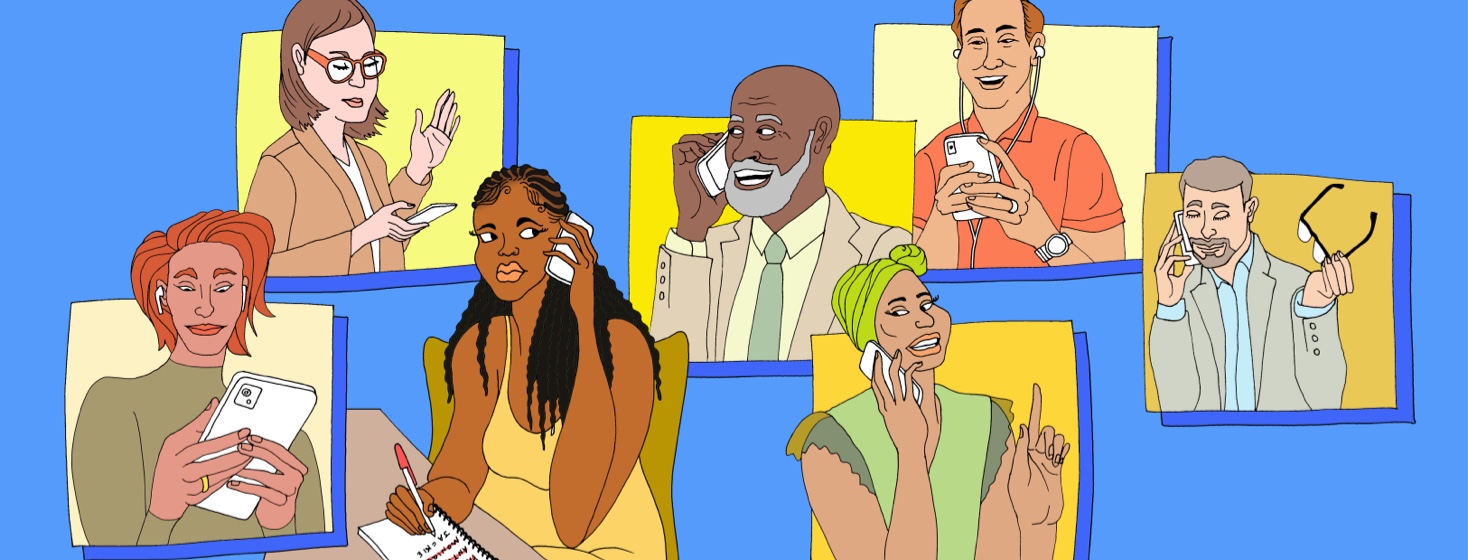Why Is It So Hard to Find a Therapist?
For some people living with depression, deciding to reach out to a therapist can be a difficult decision. But this decision can be even harder when it is hard to find a therapist who is a good fit. Unfortunately, this is not uncommon. As of 2023, about 160 million Americans live somewhere with a mental health professional shortage.1
Why is the demand for therapists so high?
In many places in the United States, the demand for therapists is the highest it has ever been. This means that even if you find a therapist, you might be on a waitlist that is several months long.1,2
Many people attribute the increase in demand to the COVID-19 pandemic. The pandemic caused disruption, stress, grief, and loss of social interaction for many people. These could all be triggers leading people to look for therapists. The pandemic also made online therapy more common. This made it easier for people to attend therapy. The convenience may have encouraged some people to try it.1,2
Other increases in demand are caused by changes in the stigma surrounding mental health care. This stigma has also decreased, especially for young people. This has led to an increase in people seeking out therapy.1,2
This or That
Are you happy with your current depression treatment?
Barriers to finding a therapist
While the demand for therapy is high, the supply is not growing at the same rate. Some therapists are leaving the field due to burnout. Plus, becoming a therapist is a job path that requires a lot of schooling and a license. These requirements are important. But it can mean that the supply of therapists is limited. In the United States, it is estimated that we would need 8,000 more therapists to have enough.2,3
It can be even harder to find a therapist if you have specific needs. If you would like to see a provider in person, the demand is often higher. As telemedicine has become more popular, more and more therapists have moved online. The rare in-person therapists can see high demand.2,3
Finding a therapist is also more challenging for people in low-income communities. Subsidized or low-cost therapy options have some of the highest demand. People who can afford to pay out of pocket will likely have a much easier time.2,3
Things to consider when selecting a therapist
If demand is high in your area, finding a therapist can feel very hard. But it is a very valuable resource. Many professions can provide therapy. These include psychiatrists, psychologists, social workers, and counselors. Places to look for therapists are:3,4
- Your insurance company’s website
- Online professional directories
- Recommendations from friends or family
- State or county government websites may have information on government-run programs
Taking time to find the right therapist will also help you have successful treatment. Things to consider may include:3-5
- What a therapist’s area of expertise is. For example, what ages, genders, or problems they are used to treating.
- What a therapist’s experience, license, or schooling is. A therapist must be licensed in the state they practice in.
- Finances and cost. How much does a therapist cost, and does your insurance cover it? If not, are you prepared to pay out of pocket?
- Personality fit. You should feel comfortable talking to a therapist.
- What are your goals for therapy? The therapist may weigh in on these or say how long they anticipate therapy lasting.
Looking for a therapist may feel overwhelming. But it may be the first step toward feeling better. With patience, you can find a therapy solution that works for you.
